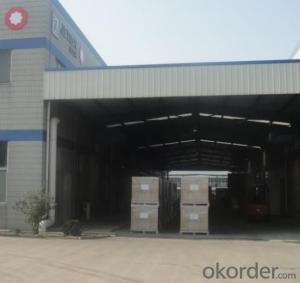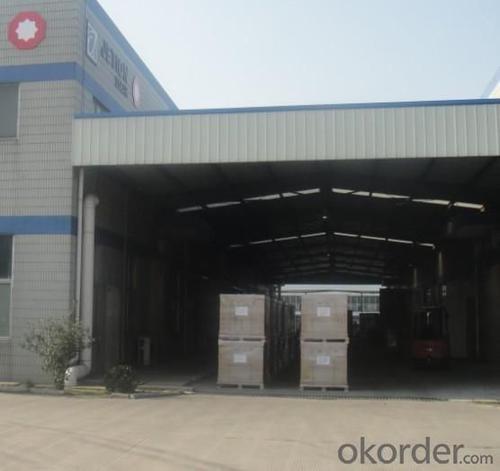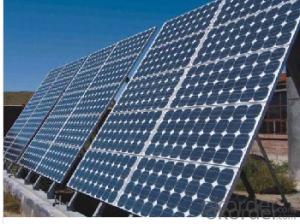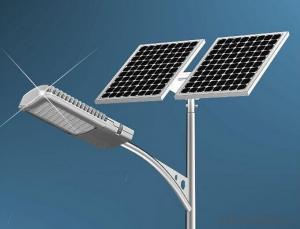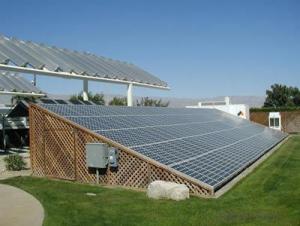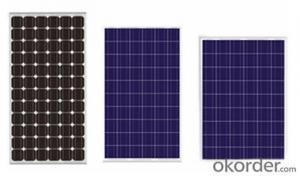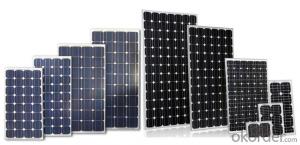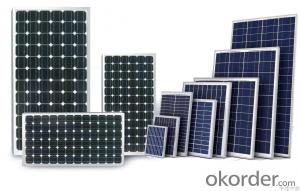Solar Panels - 285W CNBM Solar Polycrystalline Series III (280W—295W)
- Loading Port:
- China main port
- Payment Terms:
- TT OR LC
- Min Order Qty:
- 10000 watt
- Supply Capability:
- 500000 watt/month
OKorder Service Pledge
OKorder Financial Service
You Might Also Like
Specification
CNBM Solar Polycrystalline Series III (280W—295W)
Characteristics
Max Power Voltage Vmp(V) | 36.6 | 36.9 | 37.2 | 37.5 | ||
Max Power Current Imp(A) | 7.66 | 7.73 | 7.8 | 7.87 | ||
Open Circuit Voltage Voc(V) | 44.2 | 44.6 | 45.1 | 45.4 | ||
Short Circuit Current Isc(A) | 8.26 | 8.32 | 8.41 | 8 | ||
Max Power Pm(W) | 280 | 285 | 290 | 295 | ||
Temperature Coefficient of Cells
NOCT | 45℃±2℃ | |
Temperature Coefficients of Isc (%/℃) | - 0.0492 | |
Temperature Coefficients of Voc (%/℃) | – 0.3374 | |
Temperature Coefficients of Pmp (%/℃) | –0.4677 | |
Mechanical Data
Dimension | 1638 x 982 x 40 mm | |
Weight | 19.5kg | |
No. of Cells and Connections | 60 (6 x 10) | |
Tolerance | 0~+5W | |
Cell Monocrystalline Cell | 156 x 156 mm | |
Packing | 700 Pcs/40ft(H) Container | |
Limits
Operating Temperature | –40 °C to +85°C | |
Storage Temperature | –40 °C to +85°C | |
Max System Voltage | 1000VDC(IEC) / 600VDC(UL) | |
IV Curve

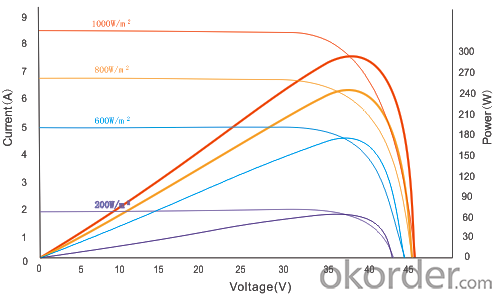
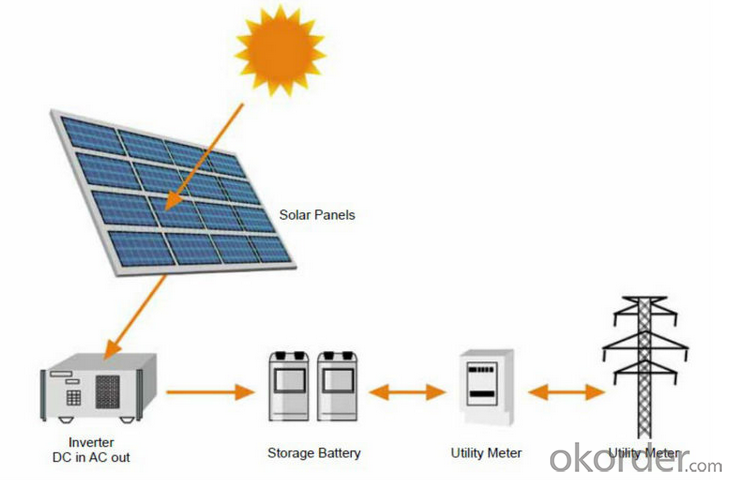
Image
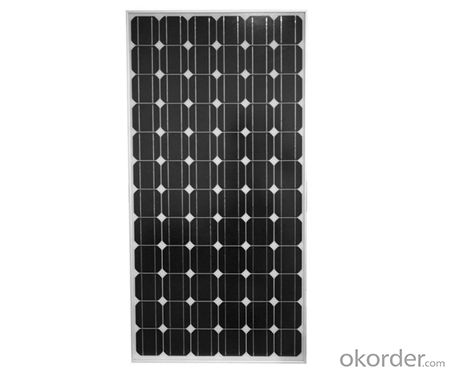
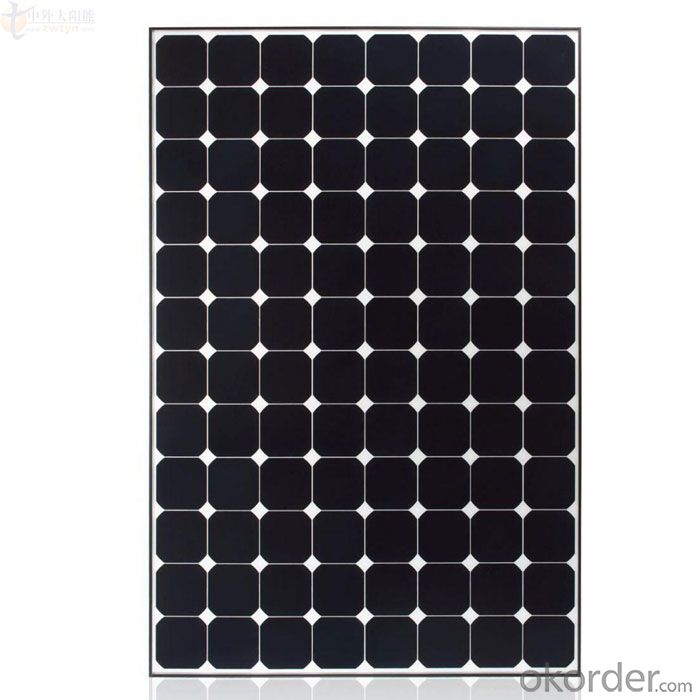
Guarantees
Products Guarantee 12 yrs free from defects in materials and workmanship
Performance Guarantee No less than 90% within 10yrs and no less than 80% within 25yrs
Certificates TUV (IEC61215&IEC61730), VDE(IEC61215&IEC61730), UL, CE
FAQ
1. Q: Do you have your own factory?
A: Yes, we have. Our factory located in Jiangsu province.
2. Q: How can I visit your factory?
A: Before you take off from your country, please let us know. We will show you the way, or arrange time to pick you up if possible.
3. Q: Do you provide free sample?
A: Usually we do not offer free sample
4. Q: Could you print our company LOGO on the nameplate and package?
A: Yes, we can do that.
- Q: Can solar panels be installed on camping sites?
- Yes, solar panels can be installed on camping sites. They provide a sustainable and reliable source of energy, allowing campers to power their devices and equipment while minimizing the environmental impact.
- Q: Do solar panels work during a power outage?
- No, solar panels do not work during a power outage unless they are connected to a battery storage system.
- Q: Can I install my 2v solar panel straight to battery to charge the battery on my 989 ford ranger?
- If you were going to do that it would have to be the right size solar panel and you would need a solar battery charger so it doesn't fry your car battery
- Q: Can solar panels be used to power a military vehicle?
- Yes, solar panels can be used to power a military vehicle. Solar panels can be integrated onto the vehicle's surface to capture sunlight and convert it into electricity, which can then power various systems or even recharge the vehicle's battery. This can provide a more sustainable and renewable source of energy, reducing the reliance on traditional fuel sources and increasing the operational range of military vehicles.
- Q: I have a solar panel i got for free and I don't know what to do with it. Its kinda big at about 20x 0and it puts our 2 VOC / .23 ISC. I don't know of anything that I could use it for. Its too big to say charge a phone or ipod....any suggestions??
- Makes a great charger for a boat or car battery. I have one about that size that I have mounted on the fishing platform of my boat. The trolling motor battery is always fully charged when I need it.
- Q: HIToday i was using my BB gun and shot my dads solar panel. I want to fix it for him because he spent a lot of time trying to get the solar panels. All i broke was the glass on the front, what is the glass and where can i buy new glass for it?
- Note: he didnt buy them, we found them at a property that we bought
- Q: Can solar panels be installed on churches or religious buildings?
- Yes, solar panels can certainly be installed on churches or religious buildings. In fact, many religious institutions have embraced solar energy as a way to reduce their carbon footprint and demonstrate their commitment to environmental stewardship. Installing solar panels on churches not only helps to generate clean, renewable energy but can also serve as an educational example for the community.
- Q: Can solar panels be used for powering a concert venue or entertainment center?
- Yes, solar panels can be used to power a concert venue or entertainment center. Solar energy can be harnessed through panels and converted into electricity, which can then be used to power various aspects of the venue, such as lighting, sound systems, and equipment. By utilizing solar panels, these venues can reduce their carbon footprint and potentially save on energy costs in the long run.
- Q: Can solar panels be used to power a school?
- Yes, solar panels can definitely be used to power a school. Solar panels convert sunlight into electricity, which can be used to power various electrical systems within a school, including lighting, heating/cooling systems, computers, and other appliances. By harnessing solar energy, schools can reduce their dependence on traditional sources of electricity and contribute to a more sustainable and eco-friendly environment.
- Q: Solar panel for battary charging
- Are okorder / or hook up several meters and supervise the process regularly. The UPS has no role in the charging—only the discharging.
Send your message to us
Solar Panels - 285W CNBM Solar Polycrystalline Series III (280W—295W)
- Loading Port:
- China main port
- Payment Terms:
- TT OR LC
- Min Order Qty:
- 10000 watt
- Supply Capability:
- 500000 watt/month
OKorder Service Pledge
OKorder Financial Service
Similar products
Hot products
Hot Searches
Related keywords

